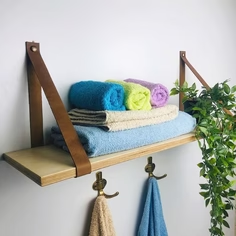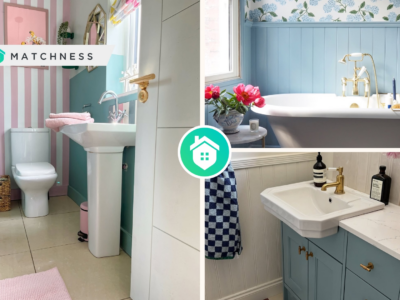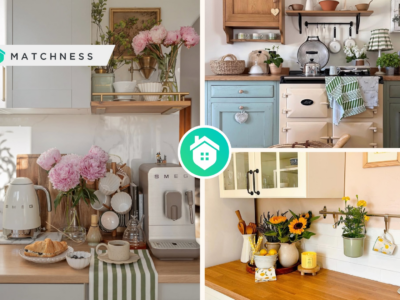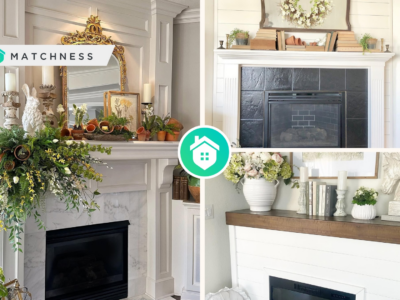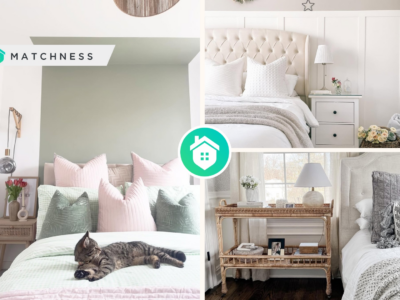To the average person, the terms “modern” and “contemporary” may appear synonymous, and even the dictionary confirms this understanding by listing them as interchangeable words. However, within the realm of home design and interior decorating, these terms hold separate meanings that distinguish two distinct design styles. Although modern and contemporary design share certain similarities, they also exhibit notable differences.
What Is Modern Style?
The modern style encompasses the design and decor principles derived from the modernism movement that emerged in the late 1800s. It originated from influential institutions like the German Bauhaus schools of design and Scandinavian design, which emphasized simplicity and functionality. Modern decor has a rich history, dating back to the early to mid-20th century, spanning from the 1900s to the 1950s.
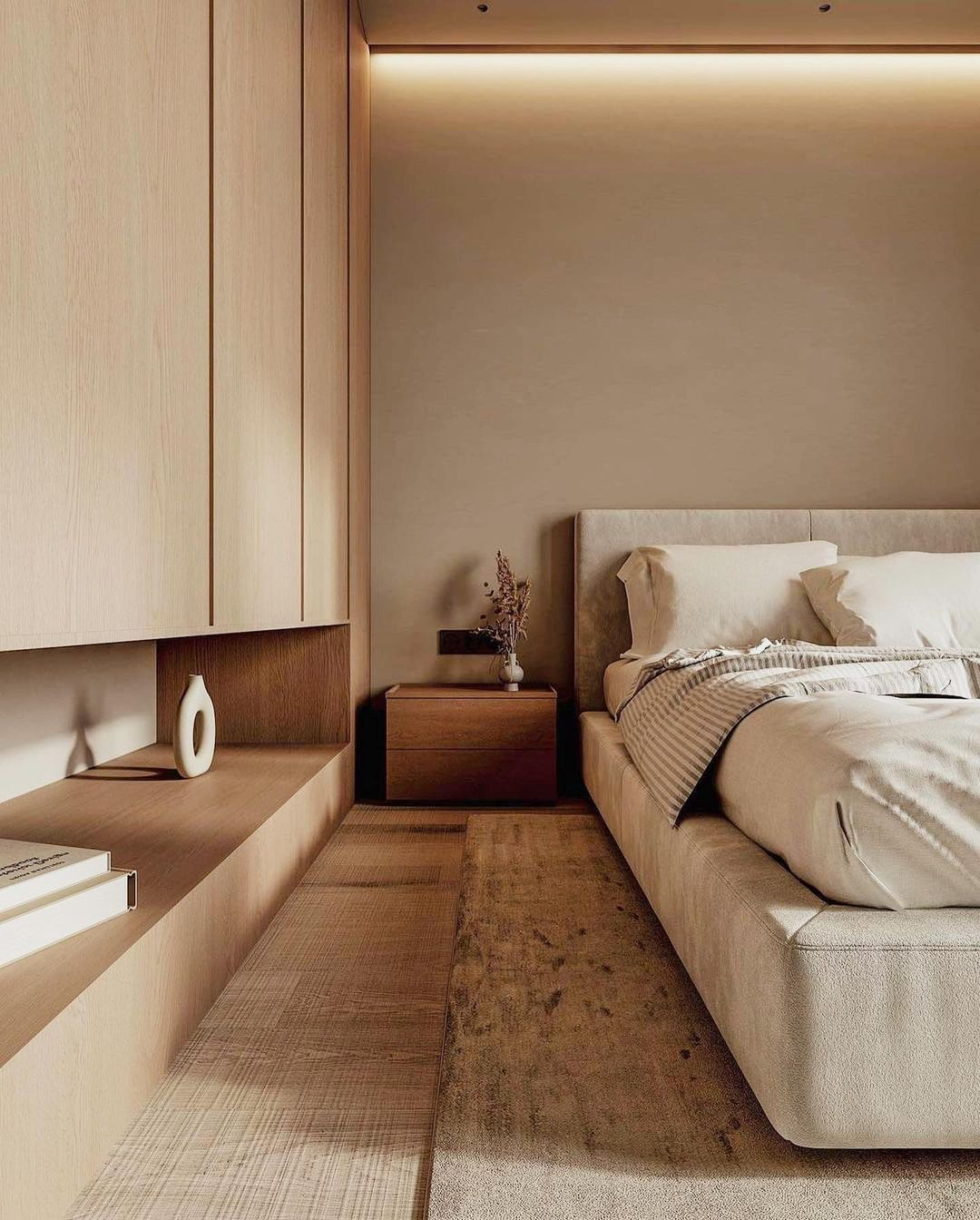
This room design incorporates modern design principles. Not only does this room serve as a functional workspace for sleeping, it also adds to the room’s visual interest by creating a focal point and storage. Simple Modern Bedroom from @almadesigninteriordesign
Over time, the modern style evolved into mid-century modern during the 1950s and ’60s, and later into postmodernism in the 1970s and ’80s. While mid-century modern design bears resemblance to modern design, incorporating strategic splashes of vibrant colors, postmodernism deviates from the traditional principles. Postmodernism embraces boldness, rejects conventional rules, and exhibits a sense of whimsy and irony. It prioritizes form over function, standing in contrast to the practical and utilitarian features commonly found in classic modern design.
What Is Contemporary Style?
The term “contemporary style” gained popularity during the 1970s, coinciding with the rise of postmodernism. Initially, it emerged as a fusion of various design influences before establishing its distinct identity. Contemporary design drew inspiration from modernism and postmodernism, while also incorporating elements from other styles like art deco, deconstructivism, futurism, and more.

This extraordinary space, masterfully crafted to impress, features a sleek white sofa and contemporary decor that seamlessly blend to create an ambiance of timeless allure and understated luxury. With a sleek white sofa, contemporary decor, and a refined ambiance, this space is an extraordinary blend of style and comfort. Contemporary Decor from @sallyjess_stylishhome
What sets contemporary style apart is its constant evolution. With each passing decade, the prevailing decor trends are considered contemporary. Unlike modern design, contemporary style isn’t bound to a specific time period. Instead, it remains an ever-changing style that reflects the current trends and developments of the present day.
The Similarities
Both the modern and contemporary styles share several similar characteristics, which often contribute to the confusion when attempting to differentiate between them. Both styles tend to favor simplicity and minimalism, creating uncluttered spaces with sleek, clean lines and an artistic touch. These elements combine to create a sense of comfort and tranquility, making the room welcoming and inviting.
Neither style leans towards ornate designs or heavy embellishments. However, contemporary spaces may occasionally deviate from this rule as trends evolve over time. In both styles, furniture pieces like sofas, chairs, and ottomans feature exposed legs. Both styles also exhibit a preference for reflective surfaces, such as exposed metals and glass. Additionally, both modern and contemporary designs incorporate natural elements, with exposed wood commonly found in structural beams and raw wood end tables complemented by metal bases.

A modern living room made simple. Embrace sleek lines, open spaces, and contemporary style with stunning interiors. Discover the beauty of a clean aesthetic, a neutral palette, and modern conveniences. Modern Living Room from @2larchitects_studio
When to Choose Modern Over Contemporary Style
The modern style caters to homeowners who appreciate the aesthetics of the period spanning from 1900 to 1950. It is particularly suitable for individuals who value highly functional elements and are drawn to the warm, natural color palette associated with that era. This style is most fitting for those who prefer to focus on a single design theme and desire to capture the essence of that specific time period.

A natural color palette like this is suitable for those of you who have a modern style. Its simplicity is so real that it explains why modern buildings have simple rectangular shapes and are free of unnecessary decorations or details. Modern Architecture from @jamiebushco
On the other hand, the contemporary design style is ideal for homeowners who enjoy staying up-to-date with current decor trends and are open to adapting their space accordingly, provided they have the budget to do so. It is particularly well-suited for those who appreciate the striking contrasts and fluid, curved lines commonly found in contemporary design. Contemporary style appeals to individuals who prioritize form and ornamentation over pure functionality.

This contemporary style employs minimalist furniture and décor, focusing on basic shapes and colors. The monochromatic color palette works well here; it adds visual interest without detracting from the space’s simplicity. Contemporary Style from @leebroom
Modern Style:
- Emphasizes a strict sense of style
- Decor pieces prioritize functionality
- Color palette leans towards natural and neutral tones
- Prefers clean and strong lines
- Adapts to incorporate the latest trends

Bringing form according to function, the style is minimalist and simple, the color palette is so neutral, plus marble adds a natural impression, and it’s easier if you want to incorporate the latest trends in it. Modern Kitchen Style from @furora.studio
Contemporary Style:
- Exhibits a wide range of variations in style
- Decor pieces prioritize ornamental elements
- Color palette tends to showcase contrasting tones, including abundant blacks and whites
- Frequently incorporates curved lines

The contemporary style includes minimalistic elements that feature contrasting colors and white tones. Closed cabinets do a great job of hiding accessories and clutter and making good use of space. To create maximum comfort, there is a sleek white swivel lounge chair to open up and brighten up the space. Lounge Area from @dvirainteriors





